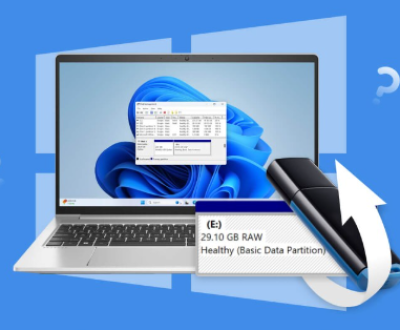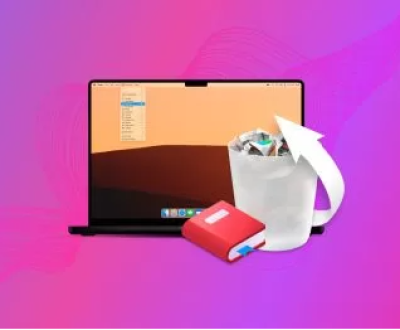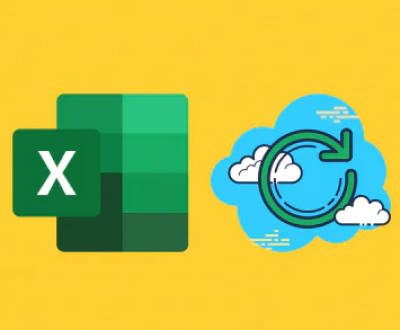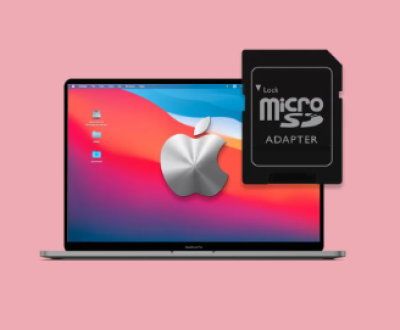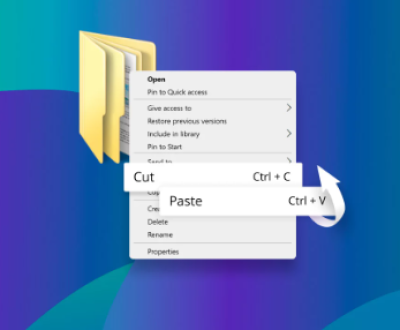A TrueNAS scrub is an essential process used to ensure the integrity of data stored on your ZFS (Zettabyte File System) disks. It’s a diagnostic operation that checks for errors in your file system and repairs any inconsistencies it finds, essentially serving as a self-healing mechanism. Understanding how to perform a scrub and interpret its results is critical to maintaining a healthy storage system, ensuring that your data remains safe and intact.
What is a TrueNAS Scrub?
In the context of TrueNAS, a scrub is an operation that scans the storage pools to check for errors. Specifically, ZFS performs a scrub by checking the integrity of data on each disk in the pool. During this process, it reads the data from the storage media, checks it against checksums, and if any corruption is detected, ZFS will attempt to repair it, leveraging its redundancy (such as mirrors or RAID-Z) to retrieve the correct data.

ZFS, the file system TrueNAS is built upon, uses checksums for each block of data. When data is written to the disk, a checksum (a unique cryptographic value based on the data content) is also written. When the system later reads this data, it checks the checksum. If the checksum matches, the data is valid. If it doesn’t, the system knows that the data has become corrupted, and ZFS can repair it (if redundancy is available) by reconstructing the data from other copies.
A scrub checks the health of the disk and filesystem and fixes any corruption it finds using the redundancy mechanisms in place (such as mirrors or RAID-Z). This process is crucial in detecting and addressing issues before they become catastrophic.
Why Scrub Your TrueNAS Storage Pool?
Scrubbing is a preventive maintenance process that helps detect and repair errors, ensuring that your storage pool remains in good health. Here’s why scrubbing is important:
Data Integrity: Over time, disks can develop errors due to various reasons, such as bad sectors, physical damage, or even software bugs. Scrubbing helps ensure the data remains intact and accessible by fixing corruption as it is detected.
Early Problem Detection: By periodically scrubbing your storage pools, you can identify and address hardware issues early. This helps to prevent data loss by detecting issues like disk failure before it happens.
Improved System Performance: Scrubbing can help identify areas where the system is underperforming or having difficulty reading from the disks. Fixing these issues can contribute to improved overall system performance.
Data Redundancy and Repair: ZFS’s ability to use redundancy (mirroring or RAID-Z) makes it possible to repair data that would otherwise be unrecoverable. A scrub makes use of this feature to ensure that data is repaired if corruption is detected.
Compliance and Best Practices: Regular scrubbing is considered a best practice in systems that require high data integrity, such as those used in enterprise environments, archival storage, or databases. It’s often recommended to perform scrubbing regularly to comply with various IT standards and regulations.
How Does a Scrub Work in TrueNAS?
ZFS scrub operations are designed to minimize the impact on your system’s performance. Here’s a basic rundown of how the scrub process works:
Reading Data: The scrub begins by reading every block of data on your storage pool. ZFS checks each block for integrity by comparing the data with its associated checksum.
Verifying Integrity: During this phase, ZFS verifies that the data’s checksum matches the actual data. If the checksum doesn’t match, ZFS knows that the data is corrupted or has been damaged.
Correcting Errors: If ZFS detects corruption and the data is part of a redundant configuration (e.g., RAID-Z or a mirrored vdev), it will automatically correct the error by using the redundant copy of the data. For example, in a mirrored setup, the system will replace the corrupted block with the correct copy from the other disk.
Logging Errors: If ZFS encounters errors that cannot be fixed (such as corruption with no redundancy), it logs the error and notifies the administrator. The admin can then take corrective action, like replacing faulty hardware.
Completion: Once the scrub is complete, ZFS will provide a summary of any issues detected, whether they were repaired, and the overall health of the storage pool.
How to Start a Scrub in TrueNAS
Performing a scrub in TrueNAS is straightforward, and can be done via the TrueNAS web interface or through the command line.
Using the Web Interface:
Login: Open your web browser and log into your TrueNAS web interface.
Navigate to Storage: On the left-hand menu, click on Storage to access your storage pools.
Select Pool: Click on the storage pool you want to scrub.
Initiate Scrub: In the pool’s menu, you will see a button or option to start a scrub. Click on it, and confirm the scrub operation when prompted.
Monitor the Progress: You can monitor the scrub’s progress from the same page. TrueNAS will display real-time information, including the number of blocks read and any errors encountered.
Using the Command Line:
Access SSH: SSH into your TrueNAS server. If you’re using the web interface, you can also open a shell window directly from the GUI.
Start Scrub: Run the following command to start the scrub process:
bash
zpool scrub
Replace with the name of the pool you wish to scrub.
Monitor Scrub Status: To monitor the progress of the scrub, run the following command:
bash
zpool status
This will display the status of the scrub, including how much data has been checked and any errors that may have been detected.
Best Practices for Scrubbing in TrueNAS
Regular Scrubbing: It’s generally recommended to schedule scrubs at regular intervals to keep your system healthy. A monthly or quarterly schedule works well for most setups. However, the frequency of scrubbing should depend on the criticality of the data and the specific needs of your system.
Don’t Scrub During Peak Hours: Since scrubbing is a disk-intensive process, it’s a good idea to schedule scrubs during off-peak hours to minimize the impact on system performance.
Monitor Scrub Reports: After each scrub, check the logs and scrub reports to see if any issues were found and repaired. This gives you insight into the health of your hardware and helps you address any potential problems early.
Don’t Interrupt a Scrub: Avoid interrupting a scrub while it’s running. Interrupting a scrub could lead to incomplete repairs and potential data loss. If you need to stop a scrub, you can cancel it, but be cautious about restarting it too frequently.
Use SMART Tests and Monitoring: Combine scrubbing with regular SMART tests on your hard drives to ensure that you are catching issues like failing hardware before they lead to data loss. TrueNAS offers built-in support for SMART monitoring.
Troubleshooting Scrub Issues
While scrubbing is an important maintenance task, it can sometimes reveal underlying hardware issues. Here are a few common problems you might encounter during a scrub and how to address them:
Corrupted Data Without Redundancy:
If corruption is detected and ZFS cannot repair it because there’s no redundancy (such as with a single disk or an unconfigured vdev), the scrub will report errors.
Solution: Add redundancy by converting the pool to a RAID-Z or mirror, or replace faulty hardware.
Disk Failures During Scrub:
Sometimes, a disk might fail during the scrub process. TrueNAS will mark the disk as faulty, and the scrub operation will halt.
Solution: Replace the faulty disk and, if necessary, rebuild the RAID or mirror configuration.
Slow Scrub Performance:
If your scrub is taking longer than expected, it could be a sign of hardware issues, such as failing disks or slow disk access speeds.
Solution: Check your disk health using SMART tests or other diagnostic tools. It may also help to adjust the scrub’s scheduling to avoid conflicts with other resource-intensive tasks.
Inconsistent Scrub Results:
If the scrub reports errors that don’t seem to match the physical state of the hardware, this could be caused by misconfigured storage pools or an issue with the ZFS metadata.
Solution: Run a zpool status and zpool scrub command to force a consistency check, or consider repairing the pool if necessary.
About us and this blog
Panda Assistant is built on the latest data recovery algorithms, ensuring that no file is too damaged, too lost, or too corrupted to be recovered.
Request a free quote
We believe that data recovery shouldn’t be a daunting task. That’s why we’ve designed Panda Assistant to be as easy to use as it is powerful. With a few clicks, you can initiate a scan, preview recoverable files, and restore your data all within a matter of minutes.
Subscribe to our newsletter!
More from our blog
See all postsRecent Posts
- Retrieve files from usb 2025-07-04
- How to retrieve overwritten excel file 2025-07-04
- How to retrieve lost files on sd card 2025-07-04

 Try lt Free
Try lt Free Recovery success rate of up to
Recovery success rate of up to

